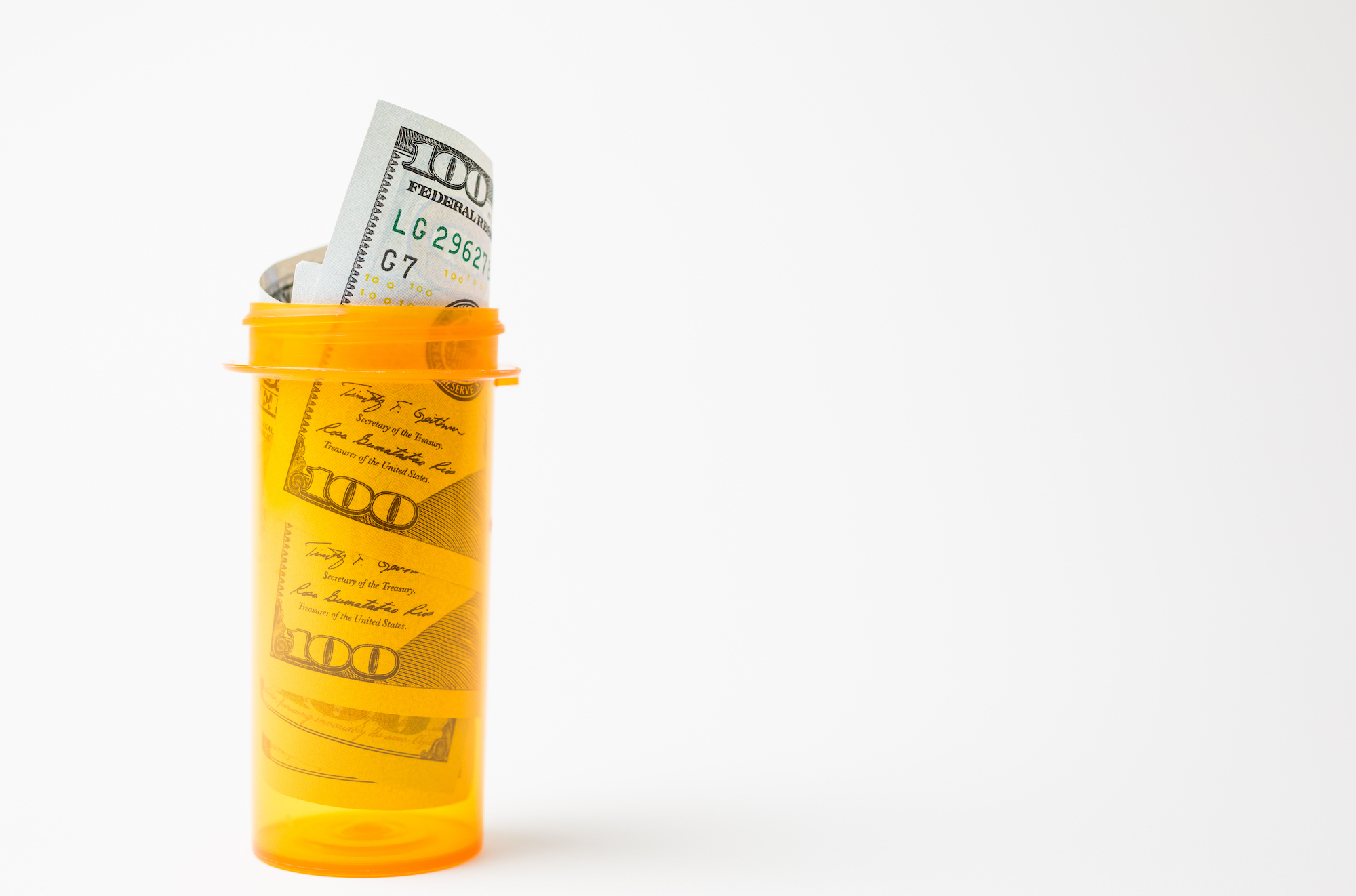Reasonable Pricing Clauses: A First Step Toward Ensuring Taxpayers a Fair Return on their Public R&D Investment
By Nikhil Chaudhry and Reshma Ramachandran
Earlier this month, the Department of Health and Human Services announced that it had successfully included a reasonable pricing provision in a $326M investment contract with Regeneron for development of a next generation monoclonal antibody therapy for COVID-19. This was the first time the Biden Administration had included such a provision as part of its research funding agreements with the private sector, demonstrating that it is indeed possible for the federal government to negotiate deals with pharmaceutical companies that ensure that products developed with public dollars are priced comparably to the global market.
Pressure from Senator Bernie Sanders, Chair of the Senate Health, Education, Labor, and Pensions (HELP) Committee seems to have catalyzed the administration to make this move. In the initial discussion draft of the Pandemic and All-Hazards Preparedness Act (PAHPA), Senator Sanders proposed similar reasonable pricing clauses.
Under this proposal, fair and reasonable pricing requirements would have been considered and integrated in any contract, grant, license, cooperative agreement, or other transaction for medical products used against public threats funded or developed by the Biomedical Advanced Research and Development Authority (BARDA) and Centers for Disease Control and Prevention (CDC). Using a “Most Favored Nation” clause, the prices of these products would not exceed the price charged in other G7 countries. This commonsense protection would protect against price gouging on products for medical countermeasures and pandemic products funded through taxpayer dollars. Such a provision could prevent the public from paying twice for publicly-funded medical products—first through their taxes subsidizing government funded research and development, and second to procure the product in an inflated U.S. pharmaceutical market.
The federal government’s experience during COVID-19 has highlighted the critical need for reasonable pricing clauses as a mechanism for affording publicly developed vaccines and drugs. Despite having an outsized role in the discovery, development, manufacturing, and procurement of COVID-19 vaccines, therapeutics, and diagnostics, the federal government has generally not exercised any leverage in ensuring fair pricing and affordable access to these essential medical products. COVID-19 vaccine and drug manufacturers successfully negotiated prices with the federal government well above the cost of production, allowing the companies to garner multiple billions in profit. Now, these manufacturers have announced significant price increases for their products, forcing the government to shoulder significant opportunity costs when procuring these same products they underwrote at potentially egregious prices for the uninsured.
Senator Sanders’ proposal within PAHPA was ultimately struck from the next iteration of the legislation due to concerns from the pharmaceutical industry and others that such a measure would chill innovation. However, reasonable pricing requirements within federal agreements are not new, nor are the unsubstantiated concerns around them. In 1989, the U.S. Public Health Service and the National Institutes of Health (NIH) incorporated a fair pricing condition as part of cooperative research and development agreements (CRADAs) between federal laboratories and private manufacturers. This clause was rescinded in 1995 by NIH director Dr. Harold Varmus, claiming a lack of benefit and a “chilling effect” on innovation.
In our comments to the Senate HELP Committee on their initial PAHPA discussion draft, we explained that during the period of the fair pricing condition being utilized in the 1990s, there actually had not been a decline in the number of CRADAs. There was simply a concern that such a condition would be perceived by industry to be a barrier.
When the NIH convened CRADA forums to discuss concerns related to collaboration in 1994, which included industry participants, NIH leadership asserted that there was a rebound increase in the number of CRADAs after the fair pricing condition was rescinded. However, this rebound effect was likely due to other confounding factors. For instance, public and private investment significantly increased—the average NIH budget was $55 billion higher between 1996 and 2000 compared to between 1990 and 1994. Moreover, the NASDAQ Biotechnology Index increased by 374% from 1995 to 2000. It is unlikely that the removal of a reasonable pricing condition on products funded by the federal government contributed to an increase in CRADAs.
The other likely explanation for the “rebound effect” of a rise in CRADAs was that after the NIH rescinded the fair pricing clause in 1995, the NIH added a new category of CRADA known as materials CRADA (mCRADA). As researchers have shown, the number of standard CRADAs remained roughly the same, indicating that this rebound effect was a result of a change of categorization rather than a substantiated effect on innovation. Additionally, the “reasonable relationship” standard between price and public investment for the original condition was likely a more dissuading principle than a clear “Most Favored Nation” price as outlined in the PAHPA proposal (and accepted by Regeneron in their recent agreement with HHS) limited to select medical products of public health importance. This clearer reasonable pricing clause would send a stronger signal of certainty to manufacturers.
Perhaps more significantly, there are several recent examples where reasonable pricing conditions were implemented with little evidence of chilling innovation. During the COVID-19 pandemic, the federal government secured several bulk purchasing agreements, even ahead of market authorization by the U.S. Food and Drug Administration, requiring that the federal government receive the lowest price from the manufacturer in comparison to procurement prices paid by other countries. The Department of Defense (DoD) and Novavax collaboration held that the manufacturer would charge the U.S. the lowest, best price for a period of five years for their vaccine product. Moreover, in the defense sector, the DoD acquires technologies from contractors under existing firm-fixed-price contracts. None of these instances have chilled innovation or resulted in market delays.
Federal support by BARDA and the CDC have de-risked the development of medical products for the pharmaceutical industry. Nevertheless, manufacturers garner a significant return on investment on these federally funded treatments and vaccines, especially in moments of emergent need. Implementation of reasonable pricing clauses within federal agreements is a necessary step toward ensuring that American taxpayers receive a fairer return on their investment for essential therapies.
Nikhil Chaudhry is a Postgraduate Associate at the Yale Collaboration for Regulatory Rigor, Integrity, and Transparency.
Reshma Ramachandran is an Assistant Professor of Medicine at the Yale School of Medicine and Co-Director of the Yale Collaboration for Regulatory Rigor, Integrity, and Transparency.






